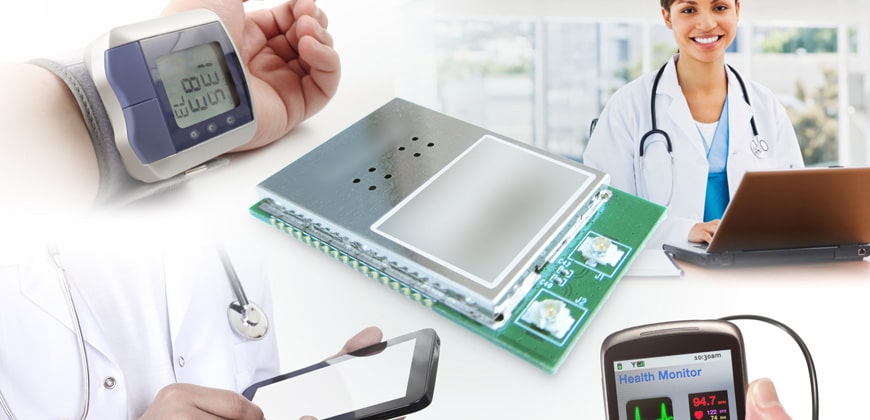FDA Guidelines On Incorporating Wireless Tech Into Medical Devices
In response to the rapid growth in the availability of medical devices that incorporate radio frequency wireless technology, the Food and Drug Administration (FDA) has released final guidelines for industry and FDA staff on incorporating and integrating RF wireless technology into medical devices.
The FDA said in a Federal Register notice released Aug. 13 that its recommendations apply to devices that are implanted or worn on the body, and external wireless medical devices intended for use in hospitals, homes, clinics, clinical laboratories, and blood establishments. Both wireless induction-based devices and radiated RF technology device systems are covered under the guidelines; devices that use RF energy to generate images of the internal structure of the body, such as magnetic resonance imaging systems, are not covered.
“With the increasing use of RF wireless medical devices, continuing innovation and advancements in wireless technology, and an increasingly crowded RF environment, RF wireless technology considerations should be taken into account to help provide for the safe & effective use of these medical devices,” the agency said in the notice.
The use of wireless technology around medical devices is an increasing concern, the FDA said, because of the potential for interference with other devices. The document addresses a number of issues that could affect the safe and effective use of wireless medical devices, including selection and performance of wireless technology, wireless coexistence, security, and electromagnetic compatibility. FDA recommendations for premarket submissions for devices that incorporate RF wireless technology are also included.
In a post on the agency’s official blog, Bakul Patel, FDA senior policy advisor for the FDA’s Center for Devices and Radiological Health, said that the guidance “reflects [the] FDA’s ongoing commitment to the practice of regulatory science; that is, the science of developing new tools, standards, and approaches to assess the safety, efficacy, quality, and performance of all FDA-regulated products.”
“Our goal is to help industry develop a range of innovative, safe, and effective medical devices that incorporate wireless technology, which can, in turn, help reduce health care costs, enhance quality, and benefit patients and providers alike,” he added. The FDA worked closely with the Federal Communications Commission (FCC) to develop the new guidelines, which was charged by Congress in 2009 to develop a National Broadband Plan to improve wireless access in the United States.
Article: ITEM Media / Aliza Becker
Editor: M. Danmole’
Image: Semiconductor Store





